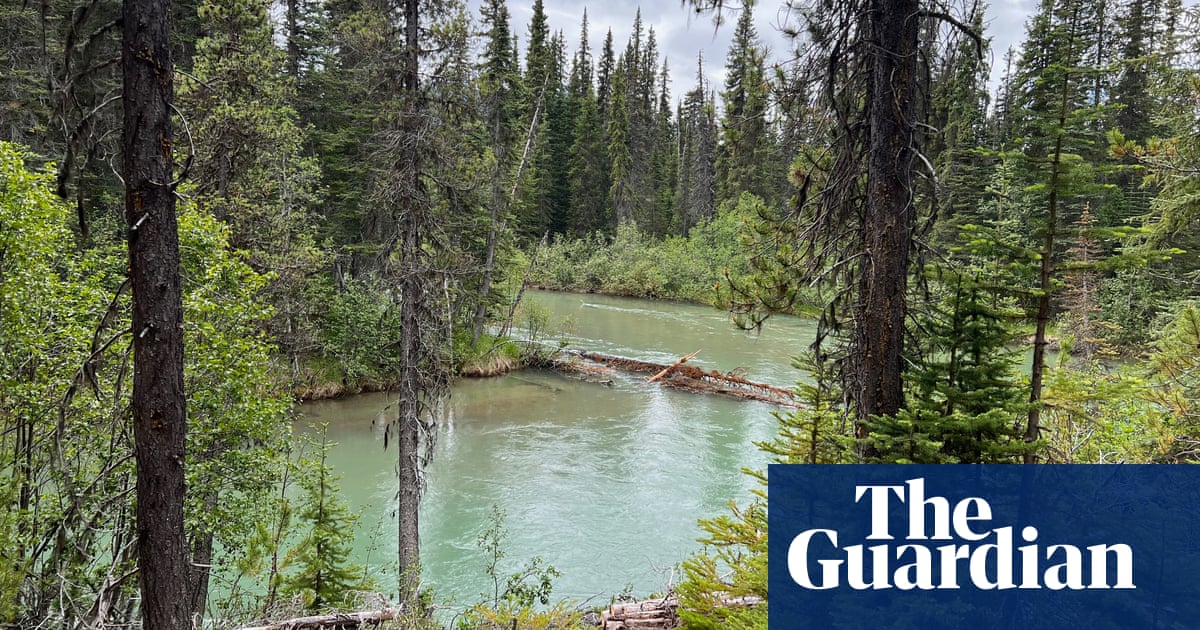- cross-posted to:
- earthscience@mander.xyz
As the helicopter approached Caas Tl’aat Kwah (also known as Serb Creek), a 1,600-hectare (about 3,953-acre) watershed, the forest became a blanket of deep green, cleaved only by yellow-green wetlands threaded with glacial blue streams.
“We want to conserve it for future generations,” said Charlotte Euverman, the Wet’suwet’en woman leading a fight to save this area, which includes a traditional feasting site. “We have to leave them something.”
Like most First Nations here, Wet’suwet’en never signed treaties with the Canadian or provincial governments. Nevertheless, the latter took the land and leased forested acreage to logging companies. Today just 20% of British Columbia’s old-growth forests remain.
In 2020, after decades of activist pressure, the province identified about a quarter of the remaining old growth as at high risk for logging and recommended a pause while deciding their fate. Yet today, logging has been deferred in less than half of the high-risk area
Now Caas Tl’aat Kwah is in the crosshairs of a debate over the scope of First Nations’ agency, biodiversity loss and protection – and the role industrial logging plays in amplifying Canada’s forest fires, the effects of which are being felt across the globe.
In summer 2023, more than 150,000 sq km (58,000 sq miles) burned across the country, an all-time record, carrying smoke across the continent and air pollution all the way to Europe and China.
Caas Tl’aat Kwah is not yet accessible by road, so the helicopter ride was the first opportunity for Nation member Sandra Harris to see it, despite the fact that her great-grandfather, Jack Joseph, once had a cabin there. The pilot set the helicopter down upon a boggy meadow, and DeWit, who is acting director of the Office of Wet’suwet’en, led the way through the trees to a newer cabin, where he gave a framed photo of Joseph pride of place.
Harris explained the significance of seeing the land, saying: “We have a lot of stress in our lives with racism, working with colonial systems that are so unkind to our ways.” The land is healing, she said.
“Today, we can feel our ancestors,” Harris said. “We remember our stories when we are able to put our feet on the land … There’s lots of good medicine there for us.”
Conventional wisdom has long held that increased fire severity is due not just to climate change but also dense overgrowth from fire suppression. The prescription has been to thin forests and set controlled burns. But a growing number of scientists now say that approach fails to recognize the role of industrial logging in increased fire severity: it kills complex communities of life that stabilize the water cycle.


